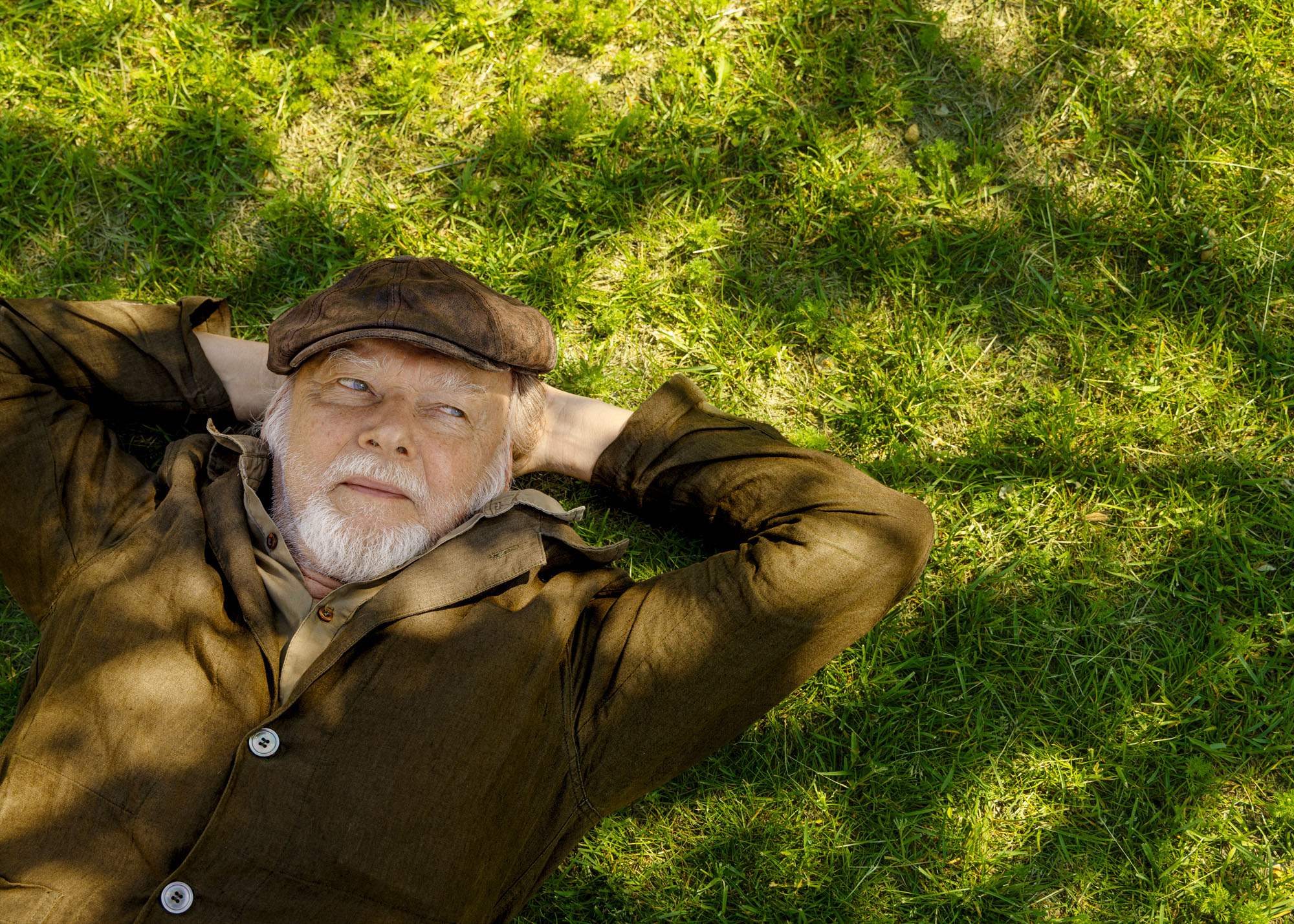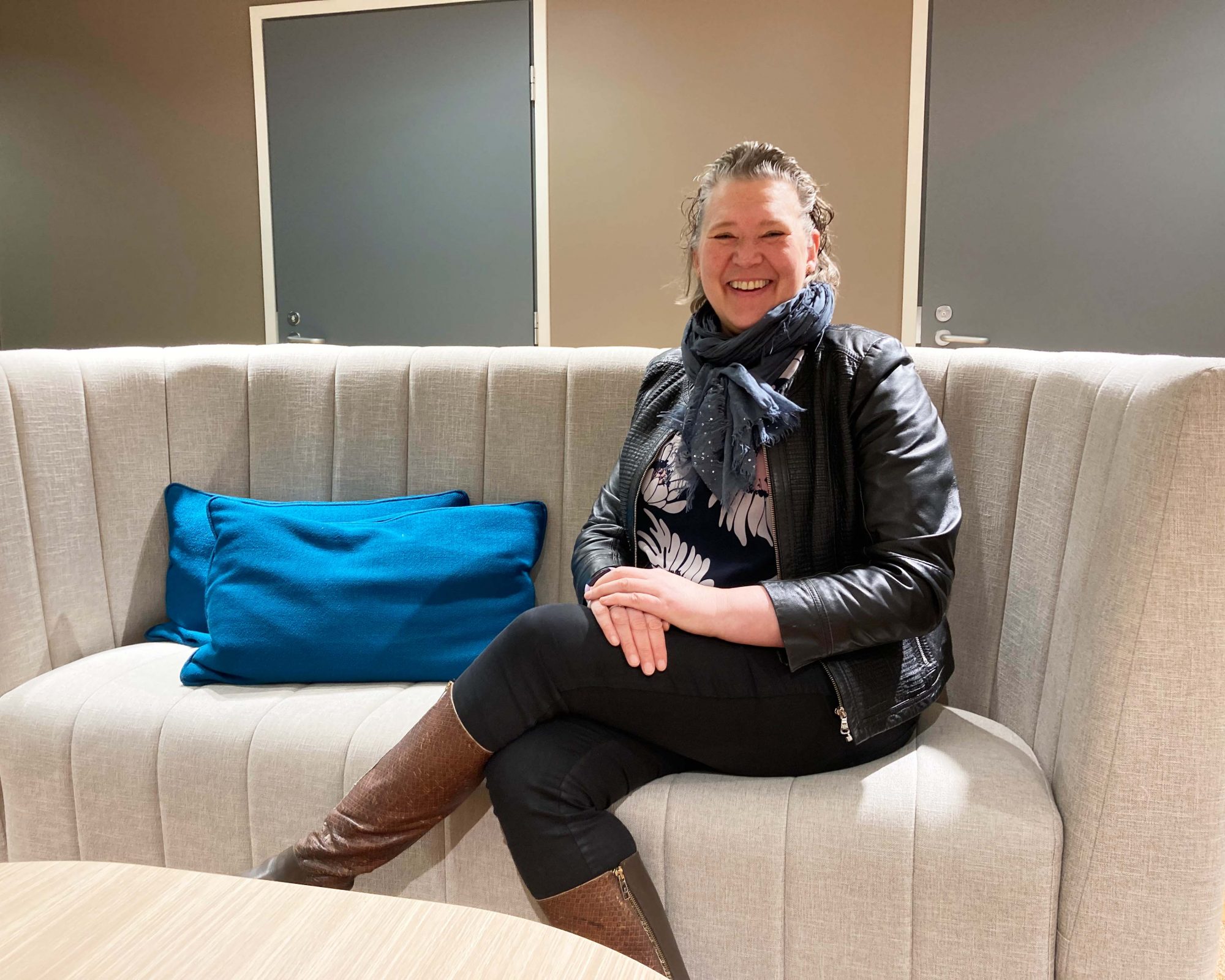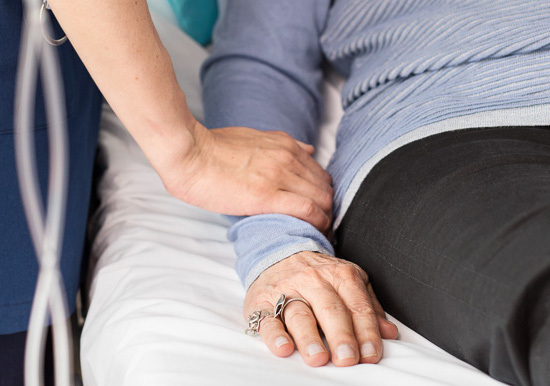Individually planned physiotherapy for cancer patients
11.9.2023 Categories: Articles
Cancer is a serious disease that affects the patient’s physical and mental well-being. Cancer treatments such as surgery, radiotherapy and chemotherapy can cause various side effects and complications.
– Physiotherapy is an important part of the treatment of cancer patients, as it helps to improve the patients’ quality of life and functional capacity. Physiotherapy provides ways to cope with everyday life, aids recovery from treatments and surgery, and also supports the patient in accepting a body that has changed, says physiotherapist Sonja Snygg from Docrates Cancer Center, Health and recovery center.
Physiotherapy goals are always chosen individually
The main goal of physiotherapy in the treatment of cancer patients is to help the patient cope with everyday life and to improve their functional capacity and quality of life. In the physiotherapy of a cancer patient, we always start by estimating the overall situation, taking into account the patient’s needs.
– Being there for the patient and listening to them is most important; this enables us to find the individual solutions and tools that best suit the patient, Snygg emphasises.
A typical patient at Docrates’ physiotherapist’s office is, for example, a breast cancer patient with tightness, pain and movement limitation in an upper limb after surgery. In this case, the primary goal is to restore and maintain the ability to work and function. Prostate cancer patients are often supported through physiotherapy in reducing lower limb swelling or by giving instructions on movement and self-care measures. The length of the treatment period can vary from individual guidance visits to an intensive treatment series.
– Physiotherapy also supports the patient’s mental well-being. For many patients, physiotherapy offers an opportunity to share their thoughts and feelings and be understood, encouraged and guided. Cancer treatments and their side effects cause a great deal of worry and uncertainty. Rehabilitation must meet the patient’s current needs, continues Snygg.
Physiotherapy helps recovery from surgery
Physiotherapy is useful during all stages of cancer treatments, also before the start of treatments, as it can prevent problems.
– The majority of cancer patients undergoing surgery receive guidance from a physiotherapist, typically 1–2 weeks after surgery. Guidance received before the operation also helps to adjust to how the patient should use their body after the operation and what it requires of them, says Sonja Snygg.
Cancer surgery often causes scar tightness, pain and movement restrictions for patients. In addition, some patients also suffer from lymphedema after a sentinel lymph node removal. A changed body, for example after breast cancer surgery, can also feel strange. Physiotherapy has a wide selection of methods, and individual needs are always taken into account when choosing methods for a patient. Manual handling is an essential part of physiotherapy.
– Some patients may be afraid of undressing after surgery. An approving and therapeutic touch also helps the patient to accept the changes in their body, says Snygg.
Rehabilitation seeks to add flexibility in tissues and joints through active movement exercises. Rehabilitation must be safe, which is why intense treatment is avoided immediately after surgery, and the patient’s possible inflammatory conditions or previous problems, for example in the neck and shoulder area, are taken into account. Later, resistance is added to the exercises, for example with the help of a resistance band, dumbbells or a stick. The progress of rehabilitation also helps to maintain the patient’s motivation.
Diverse methods of physiotherapy
Various devices and methods are used as a part of rehabilitation, especially in the treatment of pain and lymphedema in cancer patients. Cryo treatment, i.e. extreme cold treatment, is a new and effective method that relieves pain and inflammation. The Lymph Touch treatment, on the other hand, helps the tissue to recover, for example, in disorders of the lymphatic circulation and swelling after surgery. The treatment can also relieve pain and promote joint mobility. In addition, Docrates’ physiotherapists use 6D taping, which is a good aid for the treatment of scars. The physiotherapist can also instruct the patient to carry out the treatment independently, or with the help of loved ones. Acupuncture is also a treatment method of physiotherapy.
In addition to different methods and their combinations, the patient is always given guidance for independent exercises. Depending on the situation, the exercises may include, for example, relaxation and breathing exercises or basic movement guidance, such as rest positions and transitions. For some patients, on the other hand, self-training guidance includes exercise or gym training technique guidance.
– Everyone is given homework in physical therapy. Some need detailed programmes and weekly monitoring, while for others the monitoring focuses on maintaining motivation and progress. Physiotherapy, however, is not just about performance; it seeks a balance between a suitable load level and recovery. I recommend physiotherapy for cancer patients during all stages of treatment as part of physical and mental rehabilitation, concludes Snygg.
Read more about physiotherapy services in Docrates Cancer Center.













